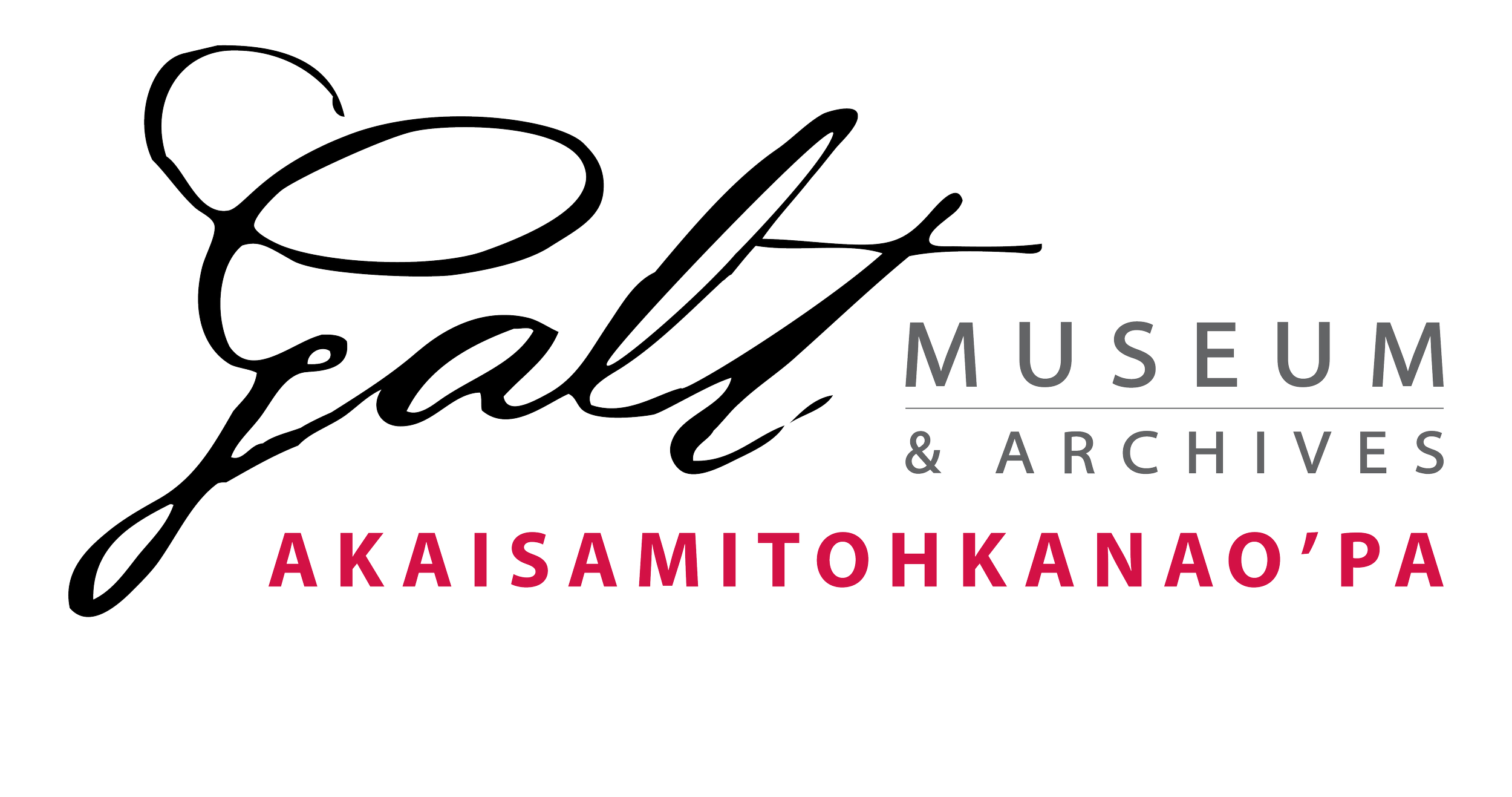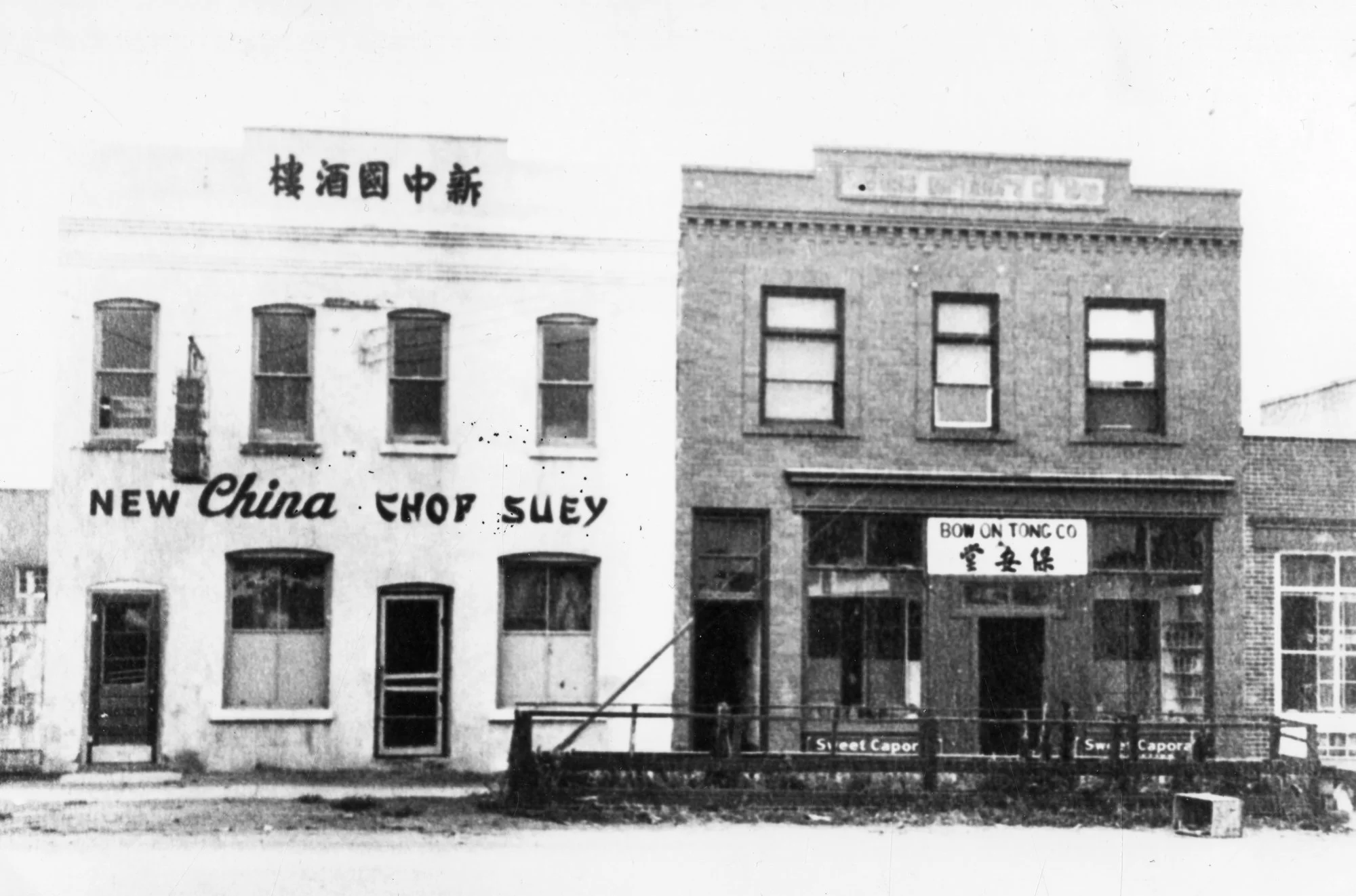In addition to Survivors of the Indian Residential School (IRS), survivors of other colonial school systems the Canadian government initiated and implemented for over a century and a half also deserve recognition. As a member of the Kainai (Blood Tribe) of the Blackfoot Confederacy in Treaty 7 territory in Alberta, Tiffany Prete’s research has involved analyzing the educational policies behind the IRS and other colonial schooling models.
Read MoreThe legacy of Evan Gushul extends throughout southern Alberta. As the son of Ukrainian immigrants, Evan grew up with a profound appreciation for his Ukrainian roots. The Gushul children attended music lessons, Ukrainian language classes, and Ukrainian dance classes, with his parents instilling in him the values of hard work and perseverance. Throughout his life, Evan applied these lessons, forging a storied career of his own.
Read MoreAs Southern Alberta’s only queer-mandated theatre company, Theatre Outré, has spent the last decade carving out space for a thriving alternative scene in the prairies. Now, we celebrate them for their iconic boundary-pushing theatrical productions, eccentric events, and unwavering devotion to Southern Alberta’s 2SLGBTQ+ community.
Read MoreThough easily the most common form of body modification, the history of piercings often proves as subtle as the jewelry itself. Archaeological records suggest that humans have been piercing themselves for at least 5,000 years, often starting with the earlobe. Cultures worldwide have long used piercings to denote social characteristics or sacred rites.
Read MoreFew constants exist in the ever-changing world of high school. Perhaps none have proven as nostalgically valuable as the portraits, signatures, and memories found in a high school yearbook. Much of Lethbridge’s own high school history sits in its shelves full of these volumes, dating as far back as 1922!
Read MoreNot all humour ages gracefully, as anyone who grew up subjected to dad jokes can tell you. Context gets lost, punchlines become predictable; when was the last time a knock-knock joke got a laugh from you? It’s easy to see, then, how printed jokes in the newspaper fell out of fashion. This doesn’t mean, though, that old newspapers are entirely humourless today. Indeed, some jokes published over a century ago still prove funny today!
Read MoreSometimes, certain indicators—a scrap-paper bookmark here, a scribble on that corner—will pop out at just the right time, serving as immediate reminders of the people who used, owned, and, in many cases, loved these items. While the exact dates or authors of these personal touches can be hard to pin down, these small treasures can sometimes humanize the residents of Lethbridge’s past more than any catalogue or municipal record.
Read MoreIn January of 1923, Lethbridge resident E. G. Sterndale Bennett published a letter in the Herald. The column, a thoughtfully penned request to connect with theatre lovers like himself, received only one written response. This year, Sterndale Bennett’s theatre group celebrated their centennial. Clearly, an opening isn’t everything!
Read MoreWhether you’re repulsed by or devoted to tattoos, it’s hard to deny their significance in human history. Ötzi the Iceman, a 5,000-year-old mummy, sported sixty-one small lines of ink around his body. Body modification has long been used around the globe to denote characteristics like strength, social standing, or battle experience. In modern-day Lethbridge, many of us wear them for a slightly less compelling reason; we like how they look!
Read MoreLethbridge’s Oliver Block, located across the street from Draffin’s Pharmacy on 5 Street downtown, has borne an interesting story since the day it was built. Constructed at the turn of the twentieth century, the building was named for its owner William Oliver during his term as Lethbridge’s seventh mayor. The building opened in two separate segments at Oliver’s behest, as he was eager to open his blacksmithing business as soon as possible! In the 120-odd years since, the building has housed a wide variety of tenants. Perhaps what the building is best known for now, however, is how close it came to destruction.
Read MoreAs Lethbridge lost the 104-year-old Bow On Tong building to a fire in early February, many feared that the last remnants of Chinatown were gone with it. Some staples of the historic community still stand along 2 Avenue; most of us are familiar with the bold architecture of the Chinese Freemason building, or the Traditional Chinese lettering atop the Wing Wah Chong Co. building. As more historic buildings are lost to time, however, it is worth examining exactly what purpose they served in the first place—and why they still matter today.
Read MoreThroughout its history, the American Hotel in Fort Macleod served as a gathering space for Indigenous peoples in a largely white, settler town. As the hotel’s ownership changed over the decades, this affected how interactions unfolded inside its doors and who was welcomed.
Read MoreMany of us are uncomfortable when discussing funerals and death—and for valid reasons. Examining the history of these events in our community, however, can shed some light on how we conduct them today.
Read MoreThe familiar narrative of the Second World War is that of the Allies triumphing over the Nazis. However, for thousands of Japanese Canadians, their experience of this same event was one of injustice and broken promises.
Read MoreWhen Dorothy Clark, a 24-year-old graduate of the Minneapolis Academy of Beauty, moved here in 1924, it was to a much different Lethbridge than we know today. While a swath of local spas, salons, and beauty shops can be found now with a simple search engine inquiry, Mrs. Clark was entering a much smaller market; her arrival to Lethbridge marked her as one of only two working hairdressers in the 14,000-person mining community.
Read MoreFor as long as humans have flown, Lethbridge has had the space for it! As aviation took off in the early twentieth century, the need for dedicated airports became clear around the world, from major cities to small rural communities. It wasn’t long before this demand manifested locally into the Lethbridge Airport.
Read MoreThere’s no need to explain how important hockey is to Albertans. No matter the age or the league, the sport has an impact on all of us—especially if it inspires pride in our local athletes!
Read MoreWhile a relatively young city, Lethbridge’s history is unique in the way it surrounds us even today. It is easy for any historical organization to speak about buildings that used to be, or practices that were once in place; it’s another thing entirely to walk up to these buildings or continue these lines of work. While industries like coal mining are seen far less today, other fields—particularly the agricultural kind—define our region today as thoroughly as they used to. The past runs through any city’s veins; in Lethbridge’s case, it doubles as its face.
Read MoreEvery day we are surrounded by sound, but we often don’t pay much attention to it. Over the years, the sounds around us have changed, influencing our behaviours in significant ways. Authority figures in particular have used many different types of sound to motivate the actions of citizens on a daily basis. One important way sound has impacted our community is in the fire department’s use of sirens and alarms for citizen safety.
Read MoreIn many ways, our lives are sonically scheduled by various devices and mechanisms. Over the years, different sounds have told us what to do—whether it be the school bell of our younger years or the smartphone alarms of today.
Read More



















